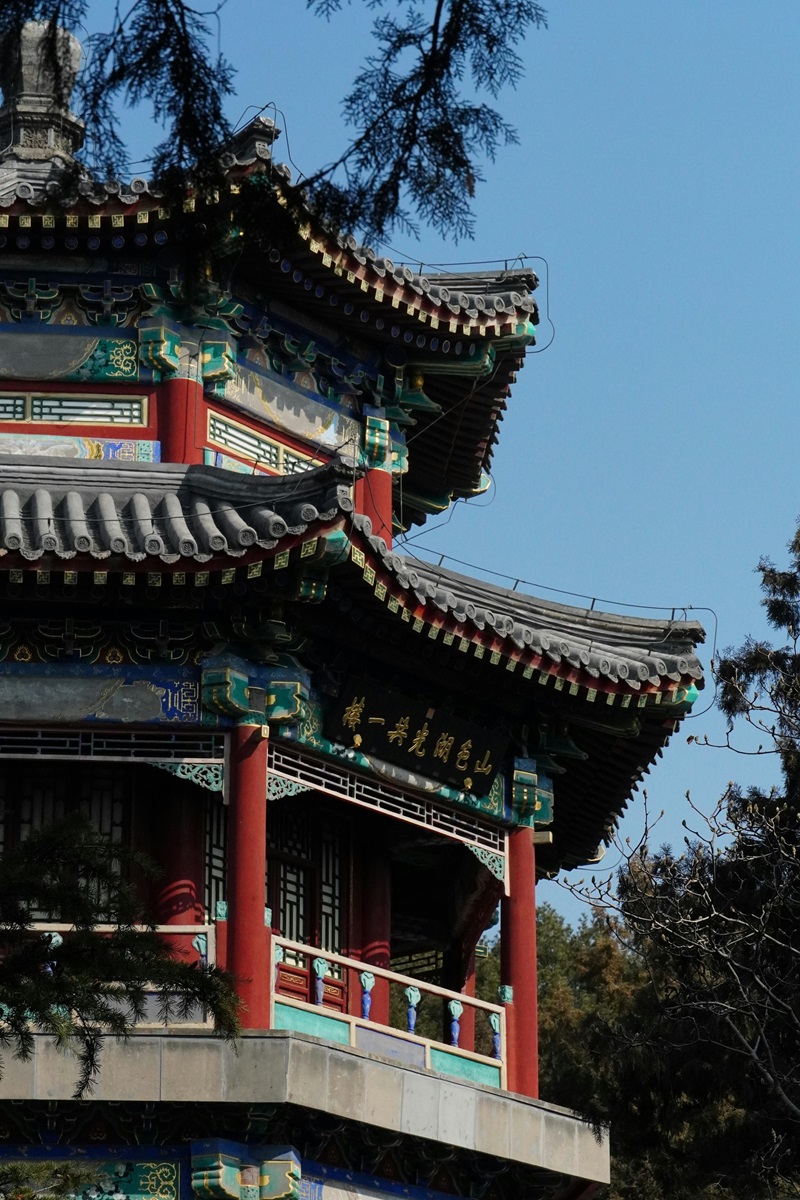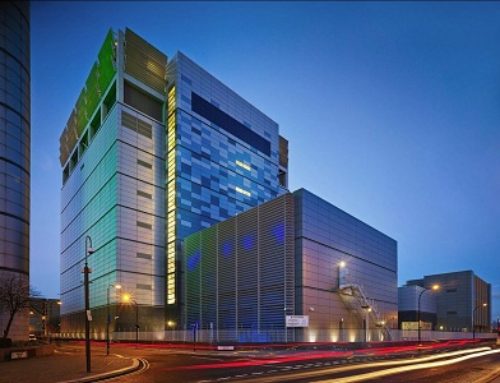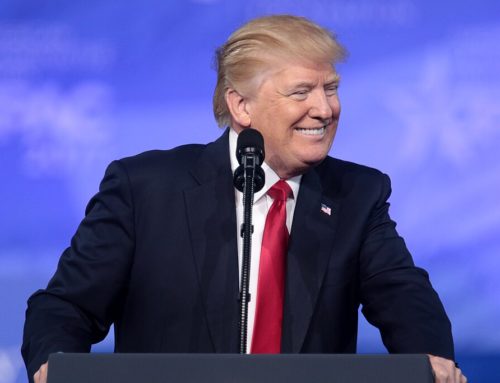-
Ethiopian Wind Farm
In a significant move towards bolstering renewable energy initiatives in Africa, AMEA Power has signed a Power Purchase Agreement (PPA) and Implementation Agreement (IA) with Ethiopian Electric Power for the development of the Aysha-1 Wind Project. This 300MW wind farm, located in Ethiopia’s Somali region, is set to become the largest wind energy project in the Horn of Africa.
A Landmark Project
The Aysha-1 Wind Project, with an investment of $620 million, is expected to generate 1,400 GWh of clean energy annually, enough to power over 4 million households. This project will significantly reduce carbon emissions by more than 690,000 tons per year. The construction and operation phases are anticipated to create over 1,500 direct jobs, contributing to Ethiopia’s economic growth and development.
Strengthening Bilateral Ties
This project is part of the UAE’s broader $4.5 billion clean energy initiative in Africa, reinforcing the UAE’s role as a major foreign direct investment source in the continent. The signing ceremony, held during COP28 in Dubai, was attended by key dignitaries from both Ethiopia and the UAE, highlighting the strong bilateral ties between the two nations.
A Step Towards Sustainability
Hussain Al Nowais, Chairman of AMEA Power, emphasised the significance of this project, stating, “The 300MW Aysha-1 Wind Project marks a significant milestone for AMEA Power. This endeavor is more than just an energy project; it is a step towards a greener future for Ethiopia.”
Future Prospects
Ethiopia, endowed with a variety of renewable energy sources, has the potential to generate over 60,000 MW of electricity. Effective utilisation of these resources will help the country realise its vision of becoming a renewable energy hub of excellence in East Africa.
The Aysha-1 Wind Project is not just about generating power; it’s about energising Ethiopia’s future through sustainable green development. This initiative will catalyse community development, enhance industrial productivity, and stimulate technological advances, making it a cornerstone of Ethiopia’s energy policy.
-
Canada-ASEAN Free Trade Agreement 2025

Introduction
The Canada-ASEAN Free Trade Agreement (FTA) represents a significant milestone in the economic relations between Canada and the Association of Southeast Asian Nations (ASEAN). This agreement aims to enhance trade and investment flows, creating new opportunities for businesses and consumers in both regions.
Background
Negotiations for the Canada-ASEAN FTA began on November 16, 2021, during the 10th ASEAN Economic Ministers-Canada Consultations. ASEAN, comprising ten member states, is one of the fastest-growing economic regions globally, with a combined population of over 661 million people. The economic potential of this agreement is substantial, given that ASEAN is Canada’s fourth-largest merchandise trading partner.
Economic Impact
According to a joint feasibility study conducted in 2018, the FTA could increase Canada’s GDP by approximately USD 2.54 billion and boost exports to ASEAN countries by USD 2.67 billion. The agreement is expected to eliminate tariffs and other trade barriers, making it easier for Canadian businesses to access the dynamic markets of Southeast Asia.
Key Objectives
The primary objectives of the Canada-ASEAN FTA include:
- Market Access: Reducing tariffs and non-tariff barriers to enhance market access for goods and services.
- Investment: Creating a more transparent and predictable environment for investment.
- Sustainable Development: Promoting sustainable and inclusive trade practices.
- Innovation and Technology: Encouraging collaboration in innovation and technology sectors.
Current Status
As of 2024, Canada and ASEAN have held multiple rounds of negotiations, with the goal of substantially concluding the agreement by 2025. The negotiations have focused on various sectors, including labor, environment, and inclusive trade. Both parties are committed to creating a comprehensive and mutually beneficial agreement that addresses the needs and priorities of all stakeholders.
Conclusion
The Canada-ASEAN Free Trade Agreement is poised to strengthen economic ties between Canada and Southeast Asia, fostering growth and development in both regions. By reducing trade barriers and enhancing market access, the FTA will create new opportunities for businesses and consumers, paving the way for a more prosperous future.
-
South Korea Unveils Trade Roadmap to Combat Protectionism in Election Year

In a bold move to counter rising protectionism and navigate geopolitical uncertainties, South Korea has unveiled a comprehensive trade roadmap. This initiative comes at a critical juncture, as the nation prepares for a “super election” year, with significant political and economic stakes.
Strategic Goals and Objectives
The newly announced trade policy aims to establish South Korea as the leader in global free trade agreements (FTAs). Currently, South Korea ranks second after Singapore, covering 85% of the global GDP through 21 FTAs with 59 countries. The roadmap’s ambitious goal is to expand this network to encompass 90% of the global GDP.
Key Components of the Roadmap
- Expansion of FTA Network: South Korea plans to forge strategic economic partnerships with resource-rich countries and emerging economies in Asia, Africa, and other regions. This includes potential agreements with Mongolia, Pakistan, Bangladesh, Malaysia, and Thailand.
- Geopolitical Risk Management: The roadmap emphasises the importance of managing trade risks and minimising negative impacts on Korean businesses. This involves strengthening cooperation with key nations such as the US, Japan, the European Union, and China.
- Focus on Economic Security and Supply Chains: Addressing new trade issues like economic security and supply chains is a top priority. The government aims to build a “trade belt” in South Asia and resume negotiations on a Korea-Japan-China FTA.
- Engagement with the Global South: Strengthening ties with emerging markets in ASEAN, India, the Middle East, Central Asia, Africa, and Latin America is seen as essential for diversifying Korea’s export markets and critical mineral supply chains.
Political Context and Implications
The announcement of this trade roadmap comes as South Korea braces for a mega election year. The government is keenly aware of the potential impacts of presidential elections in key partner countries, particularly the United States. To mitigate these risks, the Ministry of Trade, Industry, and Energy plans to establish a collaborative system with businesses and conduct thorough analyses of potential impacts.
Conclusion
South Korea’s proactive approach to expanding its FTA network and managing geopolitical risks underscores its commitment to maintaining a robust and resilient economy. As the nation navigates the complexities of a super election year, this trade roadmap serves as a strategic blueprint for future growth and stability.
-
India-EU FTA talks in Delhi this September

Bhangra Dance CC BY-NC-SA 2.0 https://creativecommons.org/licenses/by-nc-sa/2.0/
New Delhi, August 2024 – The ninth round of negotiations for the India-European Union (EU) Free Trade Agreement (FTA) is scheduled to take place in New Delhi from September 23 to 27. This round of talks marks a significant step in the ongoing efforts to strengthen economic ties between India and the EU, which were relaunched in June 2022.
Key Issues on the Agenda
The upcoming discussions will cover a broad range of topics, including trade in goods and services, investment, and government procurement. Both sides are expected to delve into critical issues such as rules of origin, sanitary and phytosanitary (SPS) measures, technical barriers to trade (TBT), and trade remedies.
Sustainability Measures
A major point of contention in the negotiations is the EU’s insistence on incorporating sustainability measures. The EU’s Carbon Border Adjustment Mechanism (CBAM) and the EU Deforestation Regulation (EUDR) are seen by India as potential non-tariff barriers. These measures aim to ensure that imported goods meet stringent environmental standards, which India argues could impede trade.
Progress So Far
Despite these challenges, progress has been made. The eighth round of talks, concluded in June 2024, saw the completion of two chapters: one on small and medium enterprises and the other on sustainable food systems. The upcoming round aims to build on this progress and address remaining issues.
Economic Impact
The successful conclusion of the FTA is expected to significantly boost trade and investment between India and the EU. Commerce and Industry Minister Piyush Goyal has highlighted the potential for such agreements to contribute to India’s ambitious goal of adding $30 trillion to its economy over the next 30 years.
Looking Ahead
As the negotiations continue, both sides remain committed to finding common ground. The outcome of the September talks will be crucial in determining the future trajectory of India-EU trade relations.
-
Trade and Investment to be Key Themes of Ramaphosa’s Upcoming State Visit to China

London, August 27, 2024 – South African President Cyril Ramaphosa is set to embark on a significant State visit to the People’s Republic of China from September 2 to 5, 2024. This visit underscores the deepening economic ties between South Africa and China, with trade and investment relations expected to be at the forefront of discussions.
Strengthening Economic Partnerships
Minister in the Presidency, Khumbudzo Ntshavheni, confirmed that trade and investment will be pivotal themes during the visit. China remains South Africa’s largest trading partner and a major investor, with bilateral trade reaching $34 billion in 2023. This trade comprised $12 billion in exports from South Africa and $22 billion in imports from China.
Addressing Trade Imbalances
One of the key issues likely to be addressed is the trade imbalance between the two nations. Discussions are expected to focus on expanding market access for South African agricultural and manufactured products, as well as increasing the value added to South African minerals exported to China.
High-Level Delegation
The South African delegation will include Ministers, Premiers, and business leaders, highlighting the importance of this visit. Trade, Industry, and Competition Minister Parks Tau will provide further details during a future briefing.
Bilateral Agreements and Cooperation
Several agreements are anticipated to be concluded during the visit, including a Framework Agreement on Development Cooperation. Additionally, the South African delegation will participate in the Forum on China-Africa Cooperation (FOCAC) from September 4 to 6. FOCAC serves as a multilateral coordination mechanism between China and African countries and is viewed as a key platform within China’s Belt and Road Initiative.
Conclusion
President Ramaphosa’s upcoming visit to China is poised to further solidify the economic partnership between the two countries. With trade and investment at the heart of the discussions, this visit holds the promise of fostering greater economic cooperation and addressing existing trade imbalances.
Featured image CitizenFresh CC BY-NC-ND 3.0 https://creativecommons.org/licenses/by-nc-nd/3.0/







